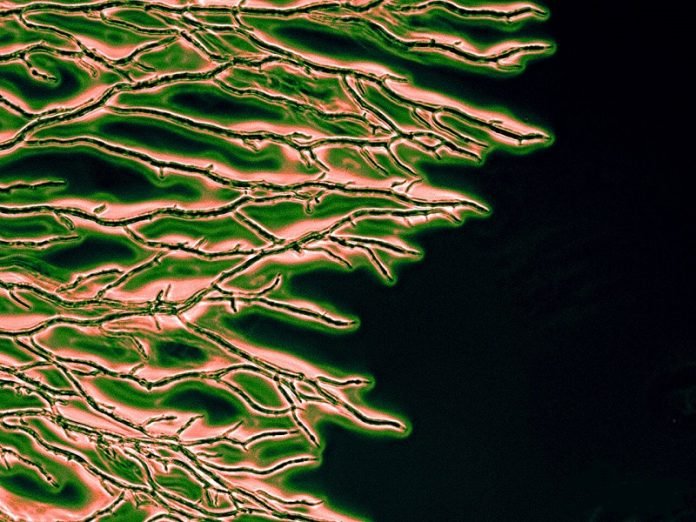
Scientists have made a groundbreaking discovery about fungi, those natural recyclers that break down dead plants and trees, releasing nutrients back into the soil.
This discovery involves understanding how small changes in the environment can lead to big shifts in how fungi grow and evolve, particularly focusing on their shape.
Published in the journal Cell Reports, this research dives into the fascinating world of fungi and their underground networks.
Fungi have a network of roots called mycelia, made of tiny, finger-like cells called hyphae.
These hyphae stretch out through the soil like microscopic worms, growing by inflating their tips, which helps them search for and consume nutrients.
Some hyphae have round tips while others are pointier, especially those of water molds, a type of pathogen that harms crops.
The study, led by Enrique Rojas from New York University, aimed to understand why hyphae come in different shapes.
By combining physics-based models with real-world observations, the team discovered that only a few shapes are actually found in nature, despite many possibilities.
This raised a question: why are these the shapes that survive?
Maxim Ohairwe, a key researcher in the study, explains that they had an “aha” moment when they connected hyphal shapes to their growth speeds.
Using a concept called a fitness landscape – a map that shows how organisms evolve based on changes in their traits – they found that not all mutations lead to a beneficial outcome.
In fact, there’s a tipping point in the evolution of hyphae shapes that acts as a barrier, limiting their form and making some shapes more vulnerable to changes in the environment.
To test their theory, the researchers exposed fungi near this tipping point to chemicals affecting their growth.
The result was dramatic: the hyphae grew much slower and developed an unusual shape, unlike anything seen in nature.
This study not only sheds light on the diversity of hyphal shapes but also introduces a new concept in evolution: the existence of tipping points that constrain the development of complex traits.
These findings have significant implications, suggesting that species at an evolutionary tipping point might be particularly at risk from changes like global warming.
Moreover, understanding these tipping points can help in the battle against harmful fungi, pointing to new ways to develop antimicrobials.
This research not only expands our knowledge of fungi but also opens up new paths for exploring the limits of evolution and survival in the natural world.



